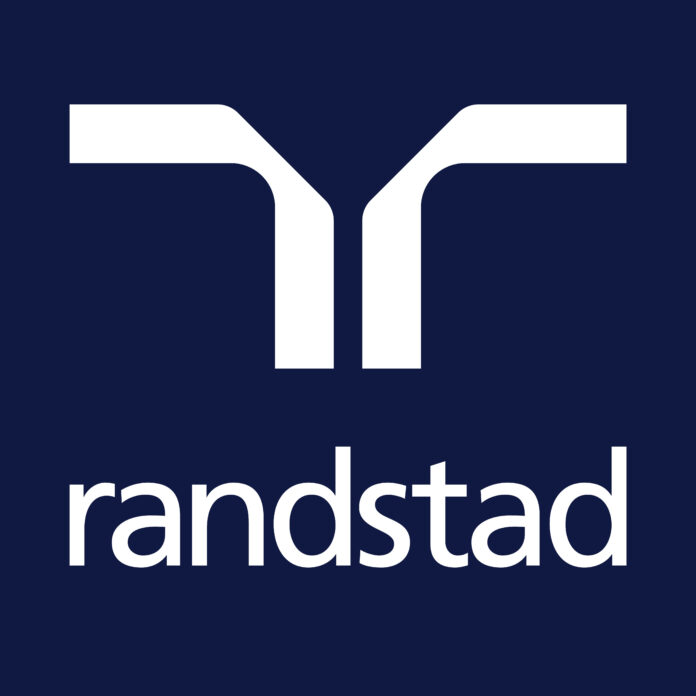The Office of Rail and Road (ORR) has published 10 key recommendations aimed at enhancing the efficiency and effectiveness of health and safety interventions across the UK rail network.
Following an industry-wide review, conducted in collaboration with Network Rail, train and freight operating companies, and the Rail Safety and Standards Board (RSSB), the ORR has identified areas for improvement in how the rail industry assesses the costs and benefits of safety measures.
While the review acknowledged examples of good practice in testing the principle of “reasonable practicability,” it highlighted the need for greater consistency in how costs and benefits are considered. The ORR also emphasised the importance of improved engagement and collaboration, particularly in the design of rail vehicles, to prevent costly corrective actions later.
The ORR’s recommendations also call for continued close collaboration with Network Rail on significant health and safety issues.
Richard Hines, HM Chief Inspector of Railways, said: “Britain has one of the safest railways in the world, which is something that industry can and should be immensely proud of. We aim to maintain that excellent standard and drive for continuous improvement, while ensuring greater consistency in the consideration of the costs and benefits of safety interventions.
“This project has kickstarted positive cross-industry conversations which have identified changes that are already being made to ensure the right safety decisions are made at the right time.”
Will Godfrey, Director, Economics, Finance and Markets, said: “As the combined regulator for health and safety and economic matters, we’re able to provide cohesive recommendations to further improve decision-making in the sector. My thanks to all the duty holders and other organisations who engaged so constructively with us to make this possible.”
The rail industry has already begun implementing the ORR’s recommendations, with Network Rail working to improve its internal processes. RSSB is leading on new training initiatives, and the ORR and RSSB have jointly identified areas where duplicative guidance can be withdrawn to simplify processes for the industry.
ORR’s recommendations are:
- Industry should enhance its understanding of how to test reasonable practicability.
- Network Rail should continue to develop and implement its approach and guidance for determining reasonable practicability, including a tool for cost-benefit analysis in line with RSSB’s industry guidance. Network Rail, RSSB and ORR should ensure that the approaches to testing reasonable practicability for industry and Network Rail are aligned as far as possible
- ORR and DfT should work together to improve DfT’s awareness of priorities for health and safety. We will engage with DfT and other rail funders on how we can share perspectives and provide advice to enhance their assessment of health and safety interventions.
- When new trains are being considered, the party acting as the lead on procurement should ensure engagement, where possible, with the future operator to ensure that health and safety issues relating to the planned use of the train are considered and understood by all parties before the design is finalised. ORR also has a role to promote the principles of health and safety by design and clarify the limitations of the interoperability process in relation to operational safety.
- The Government’s rail reform programme should consider how health and safety by design can be improved when new trains are being procured. This will realise a benefit of integrating track and train under rail reform
- Network Rail should develop a more robust process for capturing significant health and safety compliance issues and escalating these within the organisation
- Network Rail should consider ways to improve how regional and national approaches to address emerging risks are managed, which will allow for effective decision making at corporate level
- For major health and safety interventions, Network Rail should improve its monitoring of cost and project outcomes to ensure that costs are controlled and test that intended benefits are realised. This should include re-evaluating reasonable practicability when there are significant changes in costs and/or the means to realise health and safety benefits.
- Network Rail should improve its governance, and documentation of decisions on major health and safety initiatives to improve transparency and to support Recommendation 8
- Network Rail and ORR should explore opportunities to further strengthen existing engagement on significant health and safety issues.




